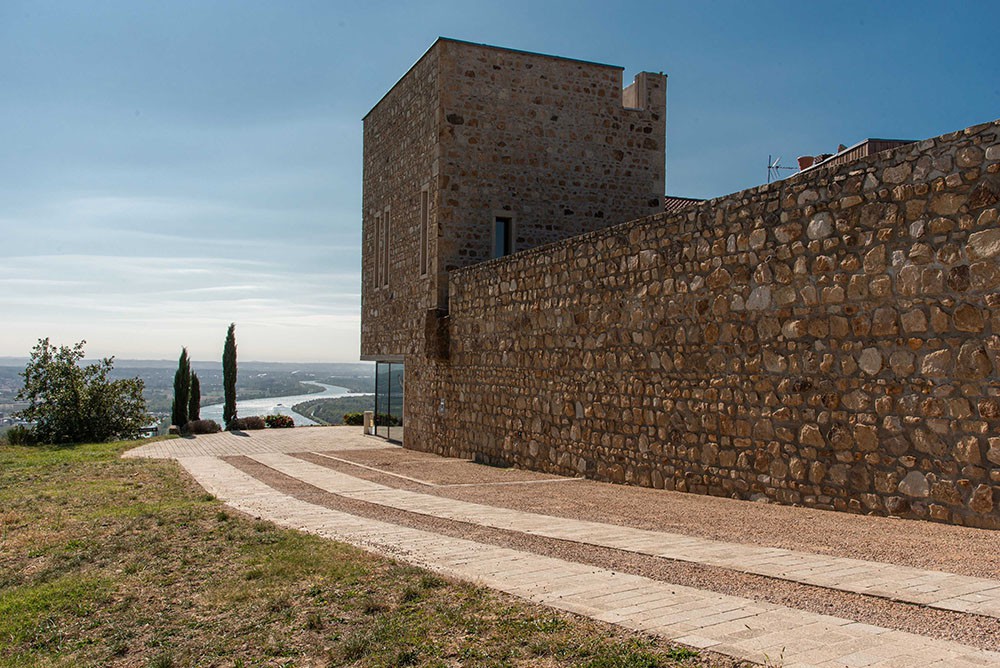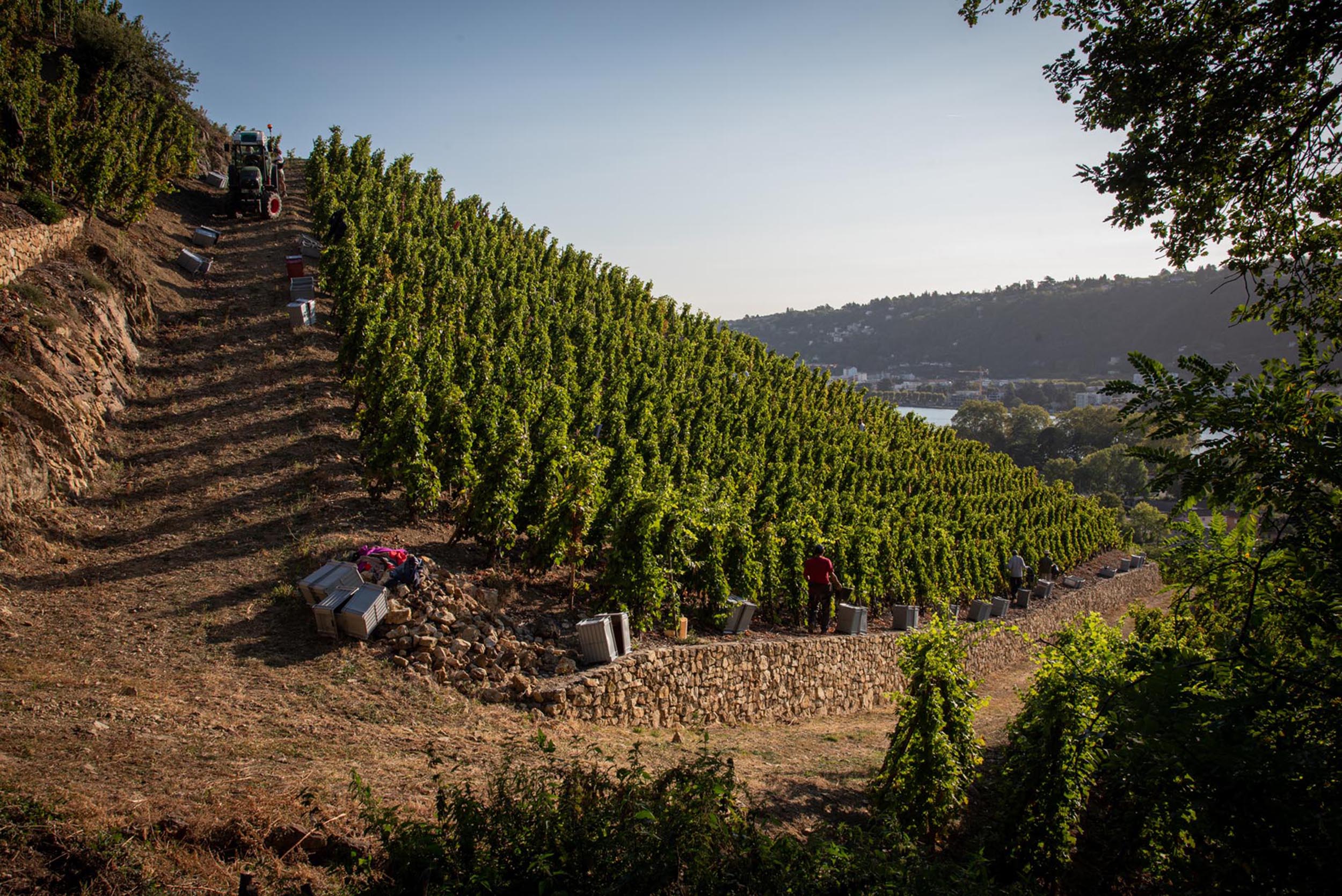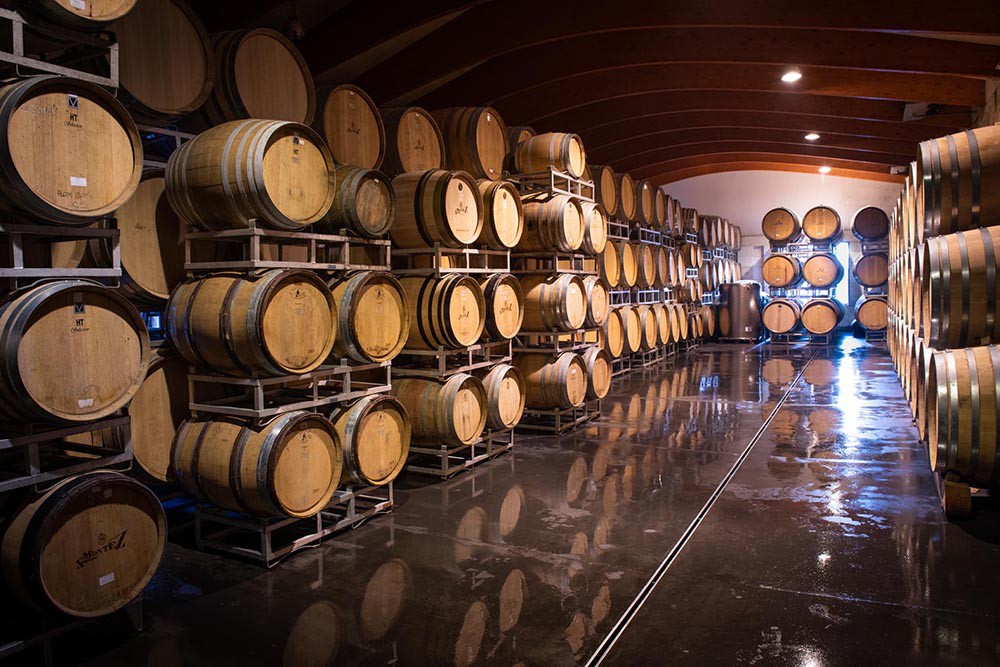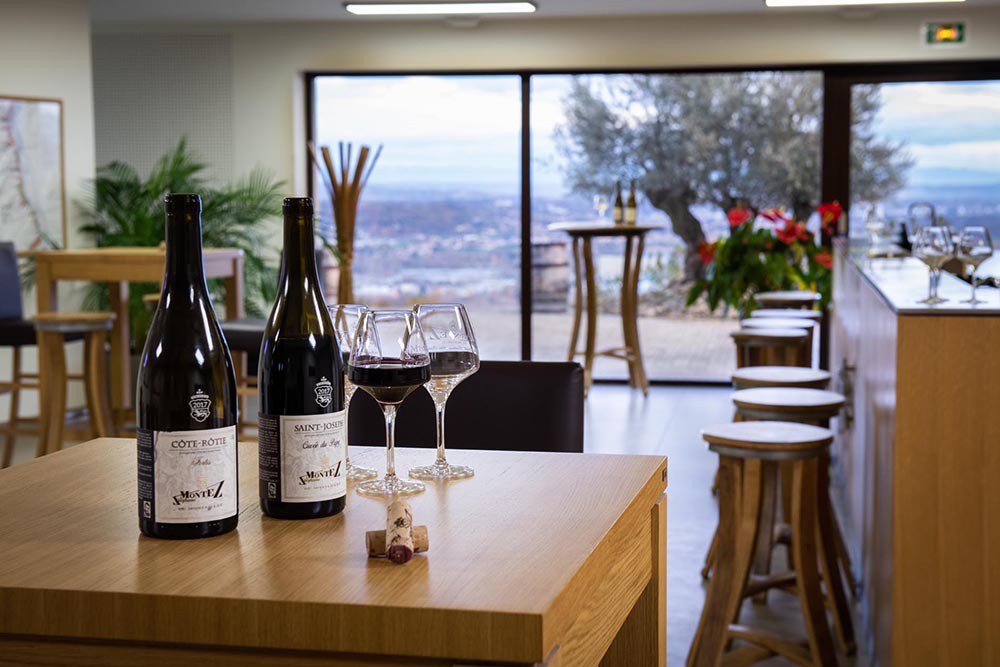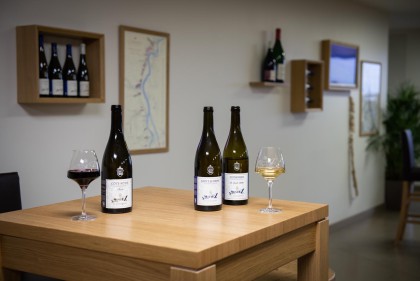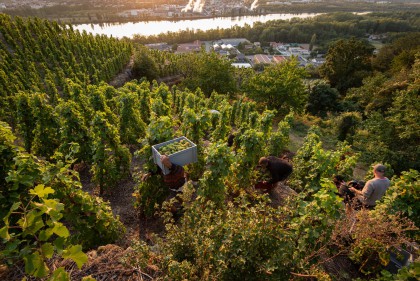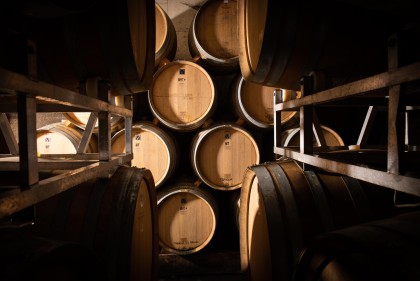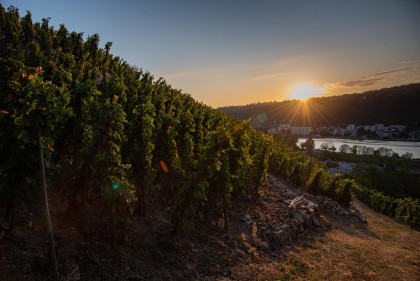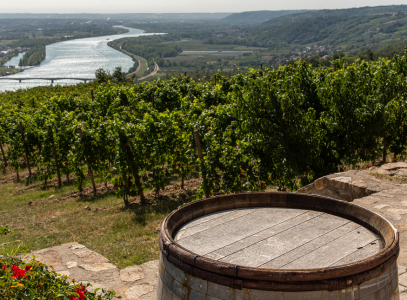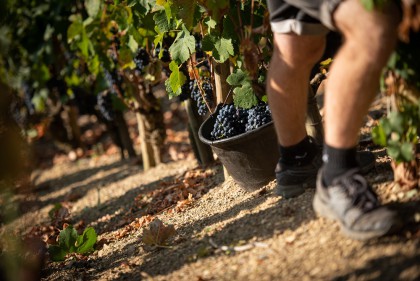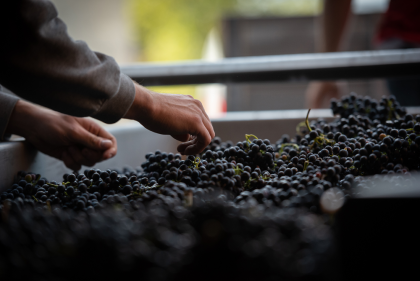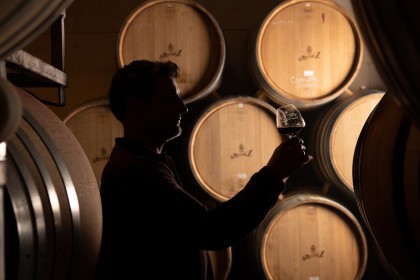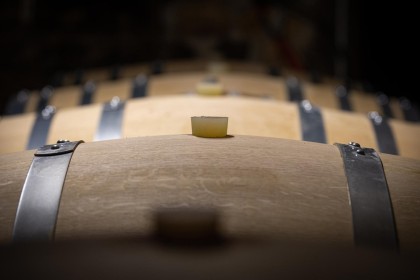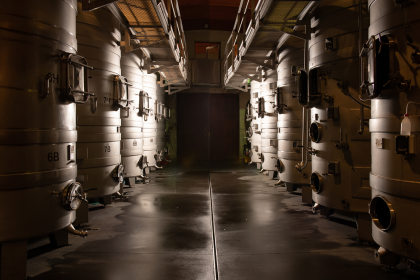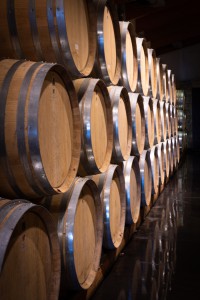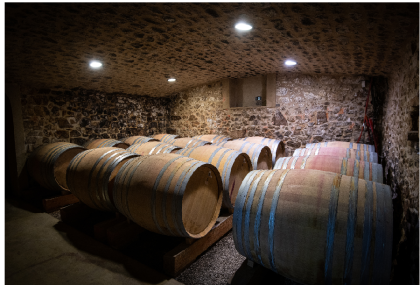Since the 17th century, the Monteillet estate has belonged to the Villard family, the most famous representative of which is Louis Hector, Duke of Villard, Marshal of France of Louis XIV (1653-1734).
Patiently, gradually, Stéphane Montez's ancestors, winemakers, mariners, coopers, animated by the love of the Rhône and the work of the vineyard, buy back plot by plot of land.
A notarial deed from 1741 shows us Michel "master carpenter on the Rhône and cooper" ancestor of Stéphane Montez, buying a vine at Monteillet.
His descendants, after the Revolution, continue their acquisitions.
Today Stéphane Montez succeeds his father Antoine, who passed on all his know-how to him.
Thus the Montez plant, vinify, raise and market their wines, on 38 hectares and four appellations.

